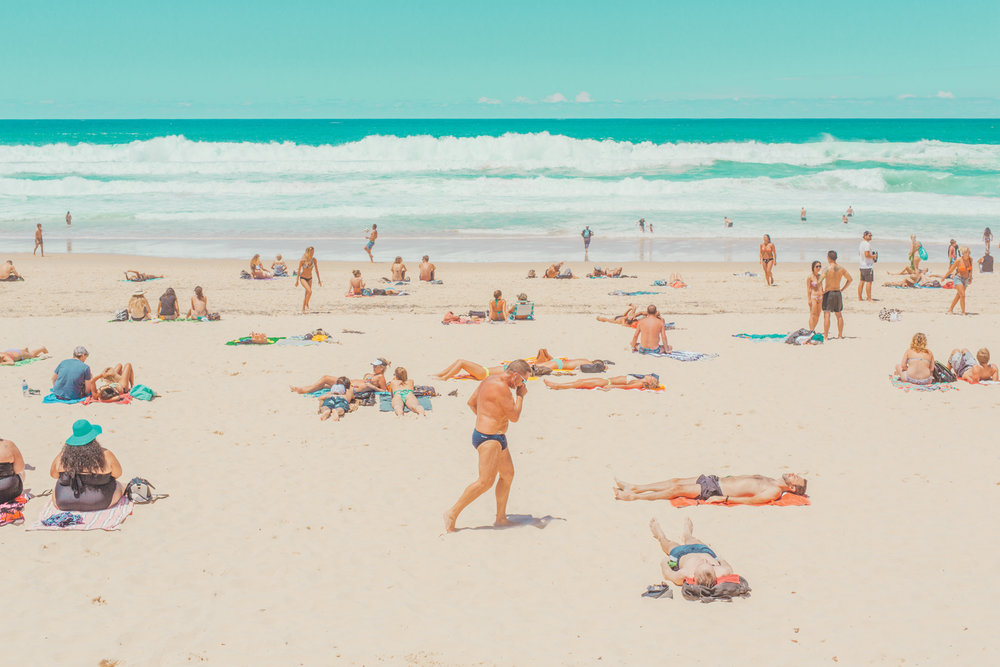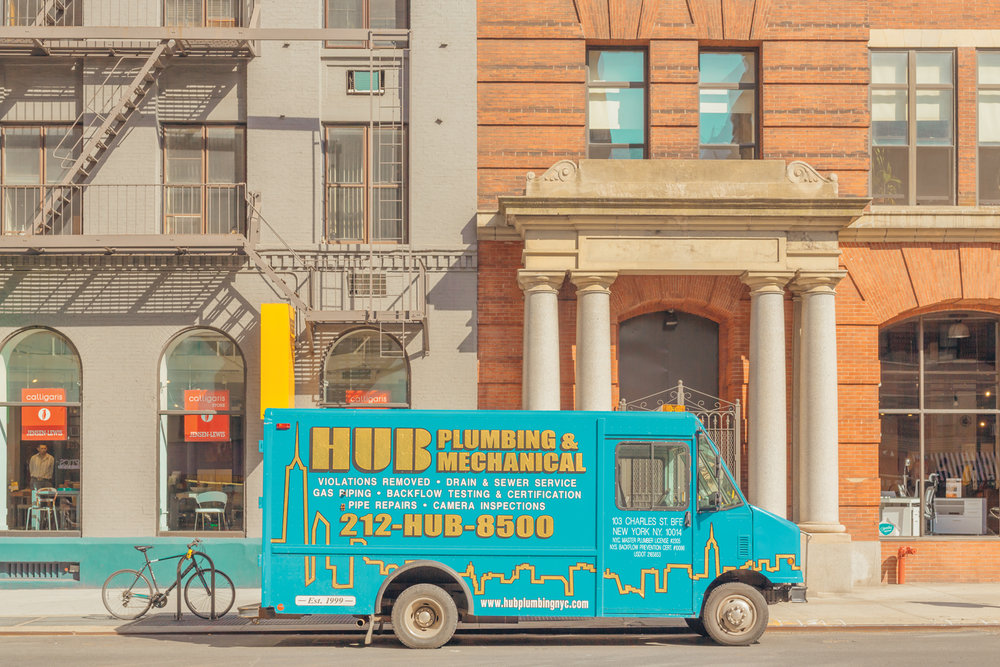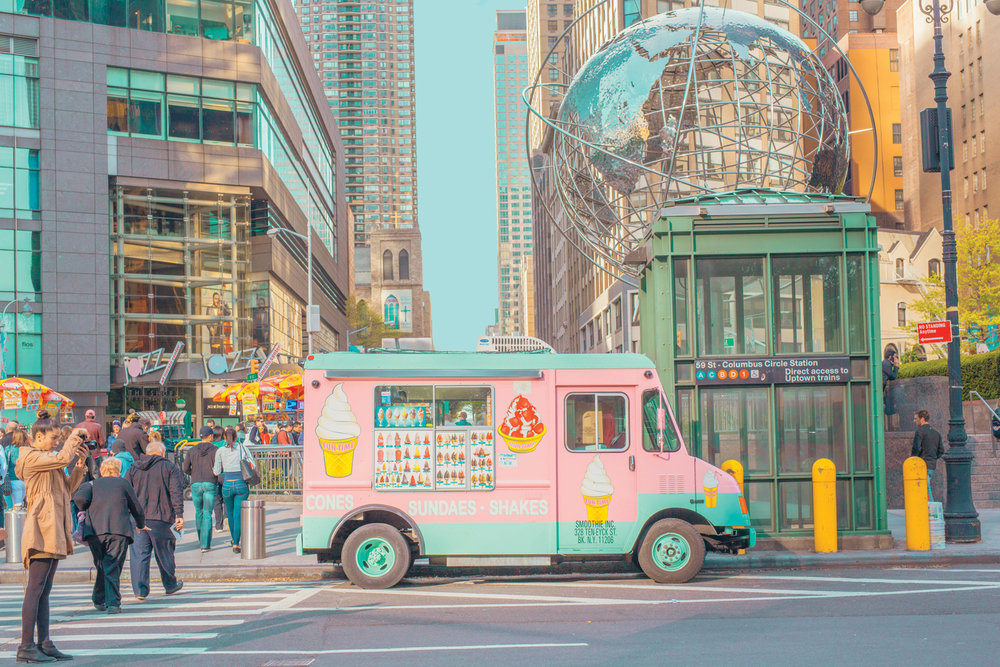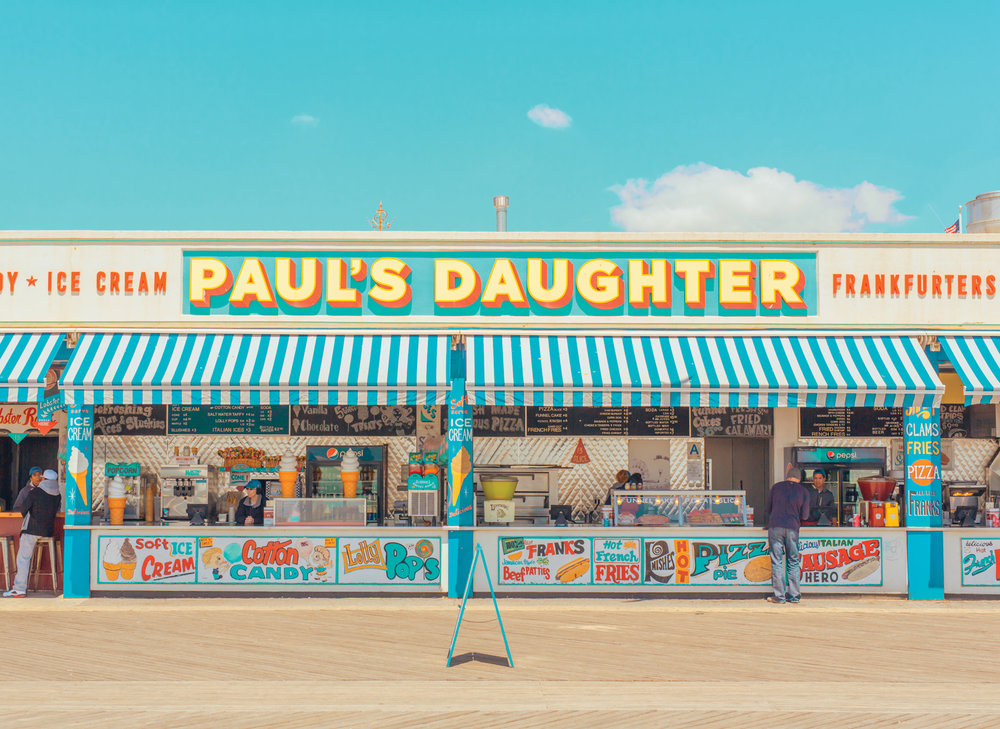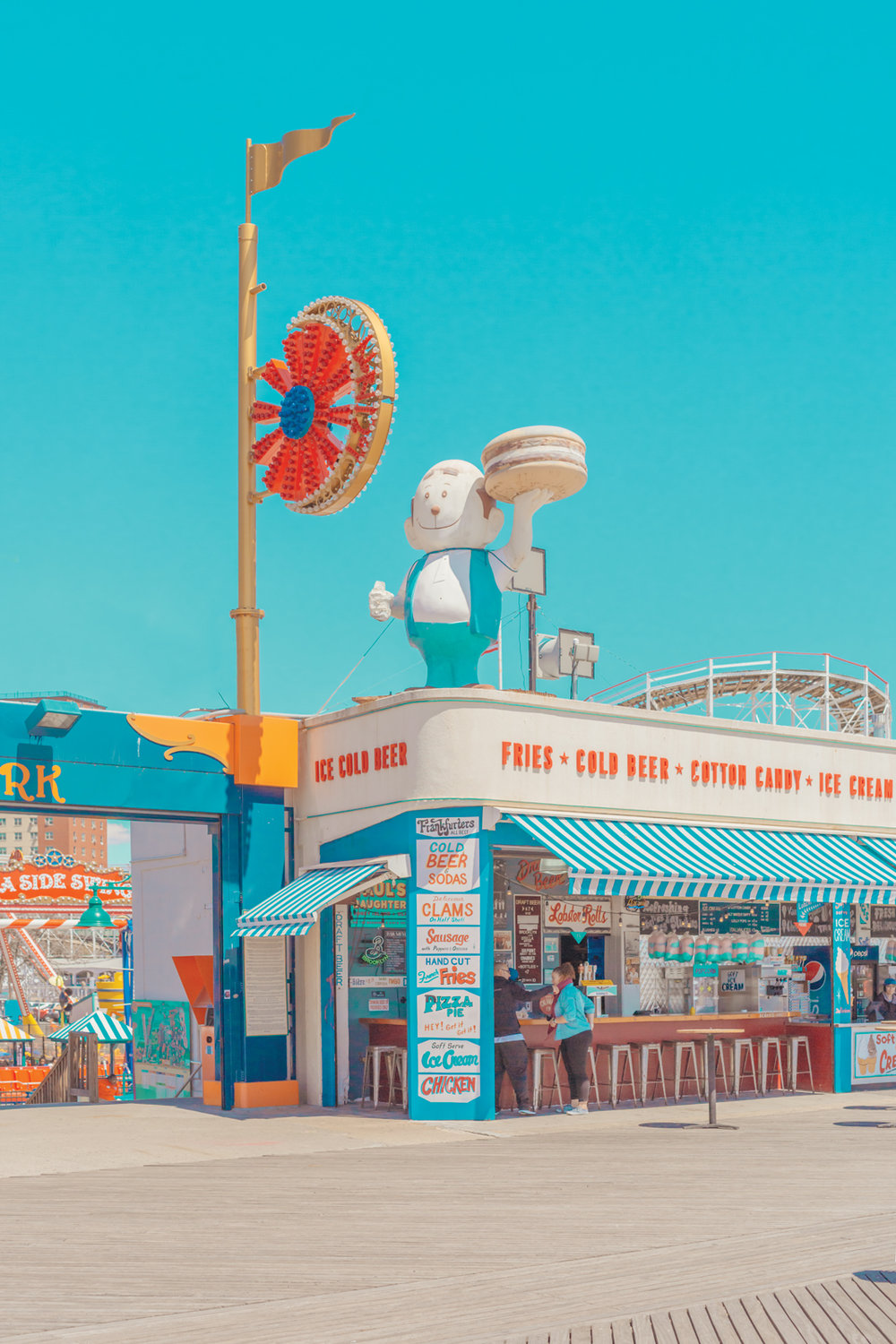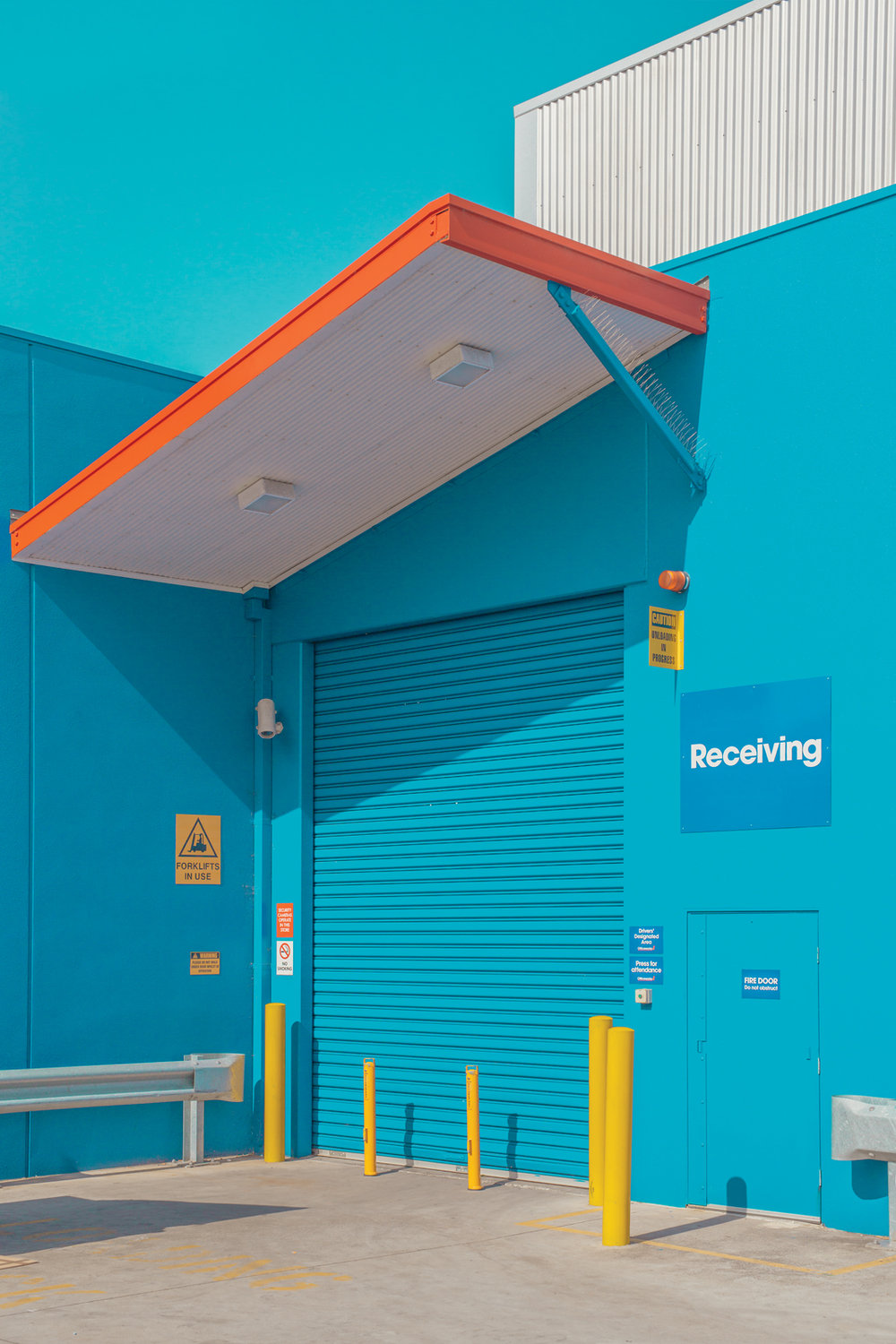BEN THOMAS - MASTER OF PERSPECTIVE
MASTER OF PERSPECTIVE
Born in 1981, Australian artist Ben Thomas IS fascinated by cities and urban spaces. He first shot to fame with his miniature railway-like images of Tokyo. His more recent series change our perspectives on city life by using color, light and flatness, thus making the real look very surreal indeed. A winner of the 2016 LensCulture Emerging Talents award, THOMAS recently completed assignments for The New Yorker, Sony and Penguin Books.
“While I have a common theme in my work around architecture and urban spaces I’ve wanted to concentrate on a different visual protagonist for each series. For Cityshrinker it was tilt shift, Accession utilized kaleidoscopic techniques, for Chroma I’ve used color and light to create flat, almost illustrative pictures. I’ve at times moved away from the urban subject matter in my work but I eventually always find myself back shooting what I love the most.”
Ben, you live in Melbourne. What’s the best thing about the city?
Melbourne really is a great cultural hub. As an artist, there is a lot going on and a lot of great talent to work with. But if I had to put it down to one thing in particular, I'd have to say that we’re super spoilt for the food scene here. It really is top class.
When did you first discover photography?
I think that I've always been a fan of photography but I really didn't think of it as something I wanted to do until around 2005.
Do you remember the first image you ever took or the first image that really made an impression on you?
I took a shot of what was called the crate-man. It was basically an 8-bit styled guy made out of different colored milk crates that would be on the side of large buildings. For me, this kicked off my fascination of street art and urban design more broadly.
Did you study photography? Or something completely different?
I’ve studied computer science and 3D animation. I’ve never had any formal photography training and I think that it has helped in some strange way. I haven’t been guided really in terms of how to shoot and how to process which has made me work harder at doing what I do.
You professional career really took off in 2007 with City Shrinker: great urban landscapes that look like the backdrop for a model train set thanks to the tilt shift technique. How would you explain to a 10-year-old how that works?
So the basic answer is that to achieve the tilt shift miniaturization effect you are changing the depth of field you can see in the image. Basically if you had one section of focus in your image, say a horizontal line in the middle, if you gradually blurred moving away from that on either side of the focus line you will have the beginnings of the effect. Generally speaking, the higher your perspective before reaching 90 degrees, the better.
With a few exceptions, you mainly focus on architecture and urbanism. What’s so fascinating about city life and urban spaces?
I grew up in a smaller city named Adelaide. When I moved to Melbourne in the early 2000's I was totally mesmerized with what seemed to be endless skyscrapers and both modern and classic architecture. I would spend my weekends just walking the streets, discovering lanes and spaces that I had no idea existed. It didn’t take long for me to grow an appreciation for how all of this comes together, how cities and urban spaces are designed and how people interact with these spaces.
Since City Shrinker and Tiny Tokyo, your work has moved into a more minimalist, more detailed direction. To what extent are series like Accession and Chroma a departure and / or continuation from your previous work?
While I have a common theme in my work around architecture and urban spaces I’ve wanted to concentrate on a different visual protagonist for each series. For Cityshrinker it was tilt shift, Accession utilized kaleidoscopic techniques, for Chroma I’ve used color and light to create flat, almost illustrative pictures. I've at times moved away from the urban subject matter in my work but I eventually always find myself back shooting what I love the most.
Some of the works in Chroma I and II seem to zoom in on the more impersonal and coldly functional aspects of modern architecture. Was that something that drove you?
I think that's a really important part of the series. I tend to geek out on the more functional components of architecture. I personally see architecture as one of the greatest forms of art and one that can very often go largely unnoticed, particularly when you live in a city. Finding ways to show architecture in new ways is the challenge I have set for myself.
Others works seem to have run straight out of a cartoon or graphic novel. Do you spend a lot of time in the digital dark room to get this drawing-like effect?
The post-processing for Chroma is something that I spent over a year developing. I built it from the ground up with the vision of producing a unique aesthetic that would communicate the work as if it was almost illustrated. This flat illustrative treatment helps to highlight the architectural and design elements that create the overarching urban landscape. The process is still something that is evolving, there have been a number of subtle yet important changes to the way I am producing Chroma II as opposed to Chroma. Moving forward with my technique is really important so, for now, I'm on about a 12-month cycle between major series.
What’s with the Transformers?
Hah, I think you’re talking about the Gundam right? I shot that over in Tokyo while I was shooting Tiny Tokyo. Japan really is one of the best places in the world to shoot. I’ve been lucky enough to be there a handful of times over the years and cut my teeth on some of the most fantastic subjects.
What are you working on at the moment?
I'm working on closing out Chroma II, while developing a new series of work that I hope to release early in 2017. At this stage I think I'll be pushing ahead with Chroma III in March along with this other new series that is a fairly large departure from my work over the last couple of years. I'm also working on a couple of commission projects that will be released in the first quarter of 2017. I’m really looking forward to being able to share it!
Will your work be somewhere on display somewhere near us in the near future?
My work is currently with Beetles+Huxley in London as well as the Susan Spiritus Gallery in the US. Keep an eye on my Instagram to see where the work will be showing next. https://instagram.com/b_e_n__t_h_o_m_a_s
Finally, I love your choice of music. What’s your playlist for this week?
There’s been so much great music released over the last couple of months. Head over to www.benthomas.net.au/playlist to see a special Ben Thomas//Plastik magazine edition.
INTERVIEWED BY PETER SPEETJENS


